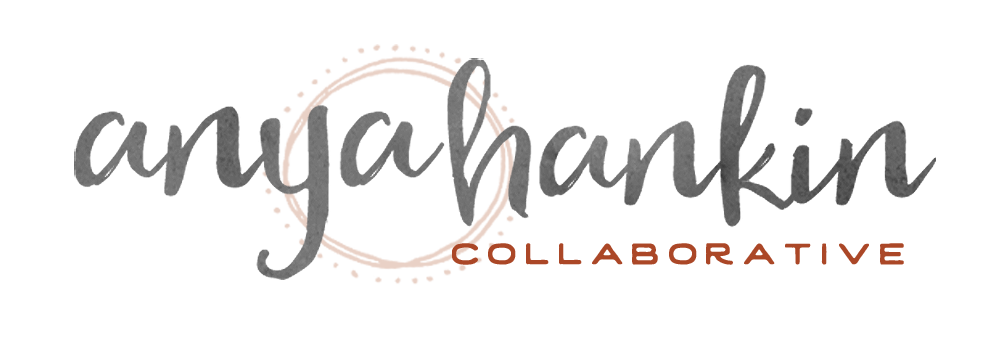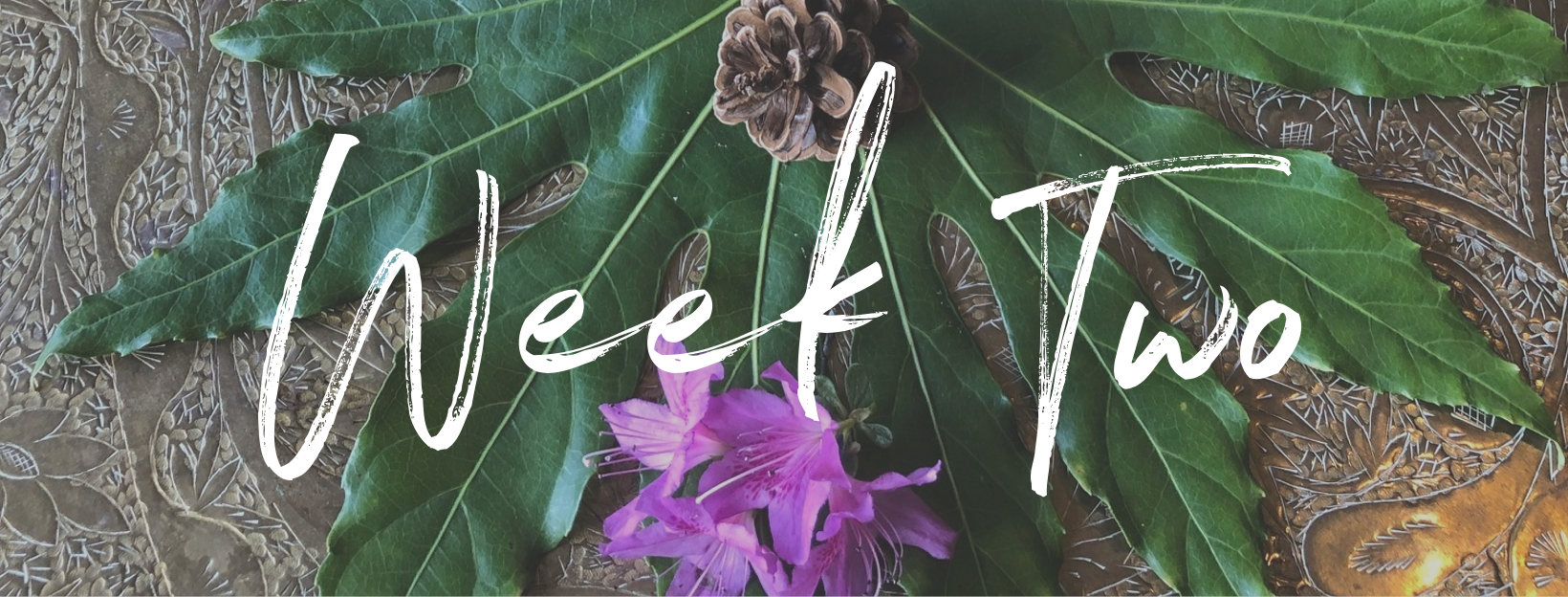Where we gather.
Where the light pours in.
And the truth spills out.
And the facade of perfection we've been carrying shakes off our shoulders
and melts into the earth.
Where we let ourselves feel and trust and grow and be.
Where we catalyze change.
Powerful containers have the capacity to hold the depth and breadth of our gatherings. To welcome vulnerability and trust and to make space for what unfolds. These containers support our participants to feel secure and to genuinely connect to the experience. They also allow us, as facilitators, to be both prepared and present — to be adaptable and responsive while still guiding with an intentional direction.
Building upon the foundational work we explored in last week’s teaching, this week introduces a framework to help shape our gatherings and provide an integrated balance between structure and flow.
When we know the Core Why for our gathering, as well as our intentions for each activity, we can utilize this framework to build an experience that sets and holds the container, clarifies expectations — yours and those of your participants, eases people into an experience of collaboration and shared investment, and ensures that there is closure for our time together.
Simple yet significant practices — speaking to our Intentions (goals) and Agenda (what to expect) at the beginning of the experience, co-creating agreements, inviting every voice into the room — move our gatherings from adequate to amazing.
In this week’s video, I’ll be sharing:
Nine elements of the Program Structure framework that I use in almost all of my offerings — be they three hours, three days, or three months.
An invitation to consider how you might use this scaffolding to build your own unique gatherings in your own unique ways.
Before watching this video, grab your journal and a pen, and download your Workbook for Week Two.
▷ Click the arrow below to watch.
Holding Space for Ourselves
Ready doesn't mean perfect.
It doesn’t mean done.
Sometimes, “ready” just means intentional, open, curious.
It means trusting — yourself, your process, the worthiness of your work.
It is your willingness to step in without exactly knowing the way or the outcome.
Sometimes “ready” is just staying present for your own unfolding.
…………
There is no need to hold space or facilitate like anyone but yourself. The tools that we’re practicing here are meant to uplift your unique way — to support YOU to shine so you can best show up for the communities you convene. So:
What makes you feel alive and aligned?
What tools do you already have?
What unique strengths and skills do you bring to the room when you lead and guide?
When you consider the structural components we talk about this week, what elements feel essential to you in the spaces you hold? (Regardless of length, what will be/is present at each of your gatherings? i.e. ritual, music, writing, art-making, group check-outs, dance parties, time for people to share etc.?)
Claim and celebrate your story, your style, your unique way of holding space!
If you feel inspired, take a big piece of paper, some bright markers — and begin to answer the questions above. This list can evolve and grow over these next weeks.
Your Audio Love Note this week is from Phoenix Rose, my friend and colleague. Phoenix is a brand strategist and intuitive guide and she’ll be leading us in a practice to set a powerful energetic container for ourselves in this work.
If you can, I recommend taking a couple of minutes to listen to this Audio Love Note without distraction. Find a quiet place where you can get comfortable. Just click below to play.
Making Learning Come Alive
What does ritual mean to you? I think about ritual as focused intentionality — an opportunity to bring more presence into my life and my work. A way to welcome, release, celebrate, grieve, process. (The rituals I engage in in the context of my facilitation and space holding work are not based in any religious context). Ritual doesn’t have to look any certain way.
I’d like to encourage we engage in a subtle practice of bringing awareness to our “daily defaults” — the things we do on a regular day (drinking a morning cup of coffee, talking to a colleague, feeding your children, moving your body etc.). With awareness and intentionality, even these everyday acts can become rituals. I can open my journal and spend fifteen minutes every morning writing down my dreams over morning coffee. When I chat with my colleague, I can practice deep listening and also make certain that I feel heard. When I cook and eat a meal, I can spend a few moments in gratitude.
The intentionality and presence makes it ritual.
In my groups and gatherings, I view openings and closings as a type of ritual — setting the intention for the experience and closing the container for the day. When I first invite every voice into the room — through group sharing — I also see that as a ritual. I let each person talk uninterrupted, listening deeply. Often, I’ll include an embodied practice too — writing and releasing something we no longer want to carry, lighting candles, singing together.
Rituals serve to mark moments. To shift from the “everyday” into the intentional space we are holding.
If you lead an on-going series (of workshops or classes) — anything you do consistently can also serve as unique rituals for your community — do you always open with the same sharing prompt? Pull oracle cards? Share a new favorite quote? Have a mid-day dance party? These acts become rituals for your gatherings.
This week, while you bring awareness and intentionality to your “daily defaults” shifting them into intentional practice, I invite you too, to explore a ritual that is rooted in your cultural lineage or feels core to how you move through the world. This might be song, food, lighting candles, going inward, being in nature, making art etc. How might you (or do you) share elements of these practices in the groups you convene? What is the intention of the rituals you bring to your spaces?
>>> Head over to our community platform and let us know what rituals feel important to you in your space holding work. If you’re able, share a picture from one of the “daily defaults” you’re turning into intentional practice.
Expanding Our Learning Community
Meet Nat, Alan, and Lynx! Notice where you see yourself and your practices (desired or existing) in these interviews — What resonates? What surprises you? What are you already doing? What might you want to try?
Nat Jacobs
Comedian, Social Worker + Advocate for Systems Change
“My guiding principles are: to be collaborative, persistent, strengths-based, and culturally and linguistically responsive.”
Alan Wong
Facilitator, Trainer, Educator + Artist
“The only logical response I see to the suffering and injustice that is so deeply rooted in our communities is to create spaces where we can attempt collective liberation.”
Lynzee Lynx Malsin
Artist, Mama, Embodiment Instructor
“Everyone is my teacher, so I stay tuned into the lessons that each participant will bring to the table.”















